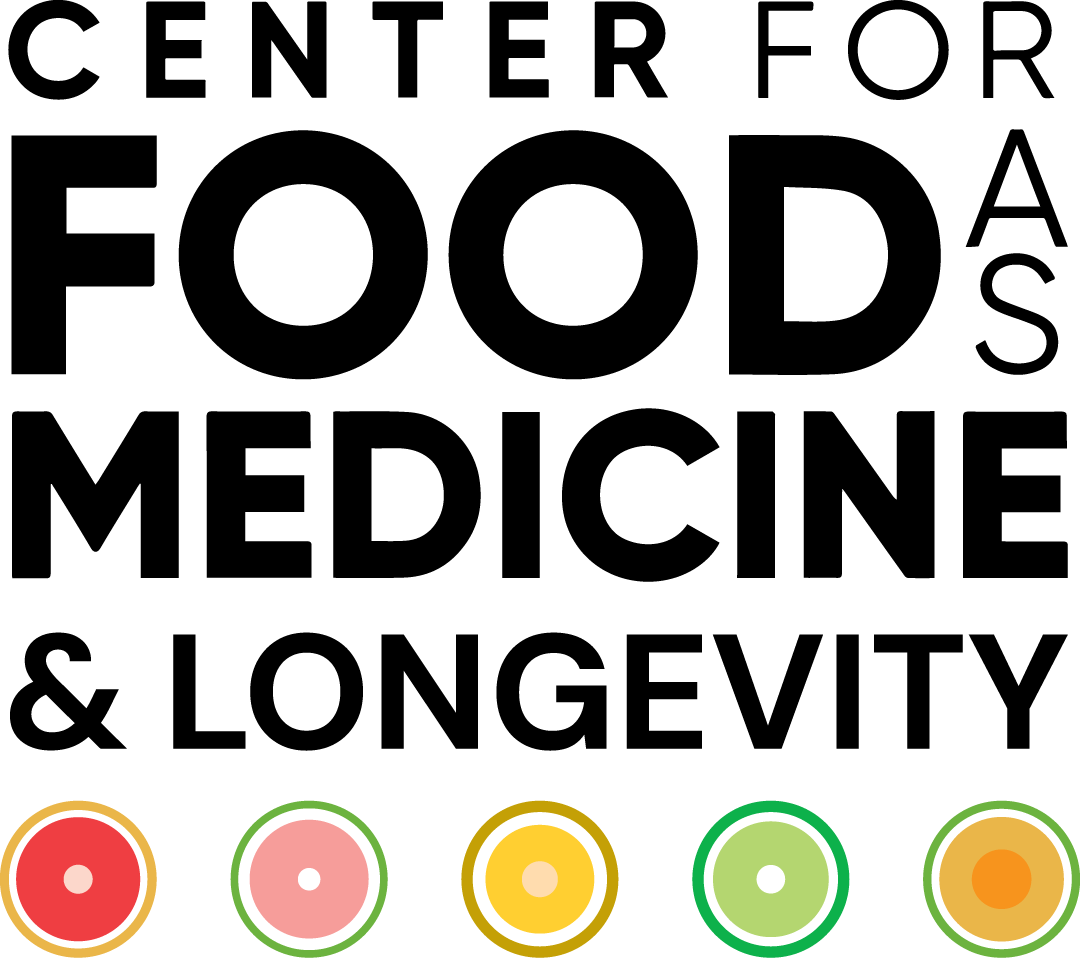Have you ever wondered why a glass of orange juice is touted as an immune-booster, while colorful berries boast heart-healthy benefits? While we often associate certain health benefits with specific foods, the true story unfolds at a much smaller scale—at the level of the invisible architects of health: molecules. This series dives deep into the fascinating world of bioactive compounds, exploring the specific molecules that give each healthy food its unique power.
Stay tuned as we embark on this exciting exploration in the first installment of “Molecular Marvels,” where we highlight the unsung hero of everyone’s favorite green vegetables from broccoli to brussel sprouts—glucosinolates.
What are Glucosinolates?
Glucosinolates (often abbreviated as GSLs) are a group of sulfur-containing compounds that boast a wide array of health benefits. They’re most commonly found in cruciferous vegetables like brussel sprouts, cauliflower, and kale.
What’s so unique about glucosinolates is that plants actually produce them to harm predators, not help them! Glucosinolates are produced by plants to protect them from the insects and larvae that feed on them. When the cells of a plant are broken down—as happens when a caterpillar eats a leaf, or when you chop up a head of cabbage for dinner—the glucosinolates are also broken down. Glucosinolates break down into a few different compounds, including isothiocyanates (ITC), nitriles (NIT), epithionitriles (EPT), and thiocyanates. These compounds are collectively termed “GLS hydrolysis products,” hydrolysis being just a fancy word for “broken into pieces.”
In the small insects that feed on cruciferous plants, GLS hydrolysis products are toxic and are meant to prevent feeding. In humans, these GLS hydrolysis products are what actually provide many of the health benefits when we consume glucosinolate-containing foods!
What Does the Research Say?
Glucosinolates and their hydrolysis products have a number of studied benefits for human health. We’ll focus on the primary, research-based benefits:
- Protecting against inflammation: Glucosinolate products can prevent inflammation from occurring within our body. They prevent the accumulation of reactive oxygen species in our cells, prevent cells from undergoing cell death, and regulate the activity of our immune system.
- Protecting against carcinogens: Glucosinolate products can help to prevent cancer occurrence. They enhance the detoxification of environmental toxins; in particular, isothiocyanates promote cell death in cancer cells. They can also protect against mutations in the genetic code of your cells and prevent cancer cells from forming.
- Beneficial for cardiovascular and renal health: Glucosinolate products can prevent oxidative stress from damaging the heart and kidneys. The cardiovascular and renal benefits of glucosinolates come from their antioxidant and anti-inflammatory effects. Glucosinolate products can also lower blood pressure and improve blood cholesterol levels.
- Protect the nervous system: Glucosinolate products protect the nervous system, which is composed of the brain and spinal cord, by preventing chronic inflammation and protecting against oxidation. Glucosinolate products can also provide benefits for psychiatric disorders like schizophrenia, developmental disorders such as autism, and mood disorders including depression and anxiety.
- Provide metabolic benefits: Glucosinolate products can improve the regulation of glucose, lower lipid levels in the blood, and protect against a high-fat diet. They have the capacity to lower both circulating cholesterol and liver cholesterol.
Integrating Glucosinolates into Your Diet
Glucosinolates are found exclusively in cruciferous vegetables, such as broccoli, brussel sprouts, turnips and collard greens. When incorporating cruciferous vegetables into the diet, there are a few things to keep in mind.
- Chop up your cruciferous vegetables before eating them. Remember that glucosinolates are transformed to their beneficial products upon damage to the plant’s cells. Cutting your vegetables before eating them helps to maximize the conversion of glucosinolates into the products that actually provide benefits.
- Choose fresh vegetables. Just like all fresh fruits and vegetables, cruciferous vegetables contain the most nutrients when they are fresh. Glucosinolates are degraded through preservation processes such as freezing and drying. “Quick freezing” – blanching quickly and then freezing – is the best option to maximize glucosinolate preservation in cruciferous vegetables.
- Cook lightly or not at all. Glucosinolates are degraded, and not in a good way, when cruciferous vegetables are cooked. It is best to eat cruciferous vegetables raw, lightly sauteed, or steamed to maximize glucosinolate retention.
References:
Bouranis JA, Beaver LM, Ho E. Metabolic Fate of Dietary Glucosinolates and Their Metabolites: A Role for the Microbiome. Front Nutr. 2021;8:748433. Published 2021 Sep 22. doi:10.3389/fnut.2021.748433
Connolly EL, Sim M, Travica N, et al. Glucosinolates From Cruciferous Vegetables and Their Potential Role in Chronic Disease: Investigating the Preclinical and Clinical Evidence. Front Pharmacol. 2021;12:767975. Published 2021 Oct 26. doi:10.3389/fphar.2021.767975
Kapusta-Duch J, Kopeć A, Piatkowska E, Borczak B, Leszczyńska T. The beneficial effects of Brassica vegetables on human health. Rocz Panstw Zakl Hig. 2012;63(4):389-395.
Lund E. Non-nutritive bioactive constituents of plants: dietary sources and health benefits of glucosinolates. Int J Vitam Nutr Res. 2003;73(2):135-143. doi:10.1024/0300-9831.73.2.135
Miękus N, Marszałek K, Podlacha M, Iqbal A, Puchalski C, Świergiel AH. Health Benefits of Plant-Derived Sulfur Compounds, Glucosinolates, and Organosulfur Compounds. Molecules. 2020;25(17):3804. Published 2020 Aug 21. doi:10.3390/molecules25173804
Nguyen VPT, Stewart J, Lopez M, Ioannou I, Allais F. Glucosinolates: Natural Occurrence, Biosynthesis, Accessibility, Isolation, Structures, and Biological Activities. Molecules. 2020;25(19):4537. Published 2020 Oct 3. doi:10.3390/molecules25194537
Orouji N, Asl SK, Taghipour Z, Habtemariam S, Nabavi SM, Rahimi R. Glucosinolates in cancer prevention and treatment: experimental and clinical evidence. Med Oncol. 2023;40(12):344. Published 2023 Nov 3. doi:10.1007/s12032-023-02211-6
Prieto MA, López CJ, Simal-Gandara J. Glucosinolates: Molecular structure, breakdown, genetic, bioavailability, properties and healthy and adverse effects. Adv Food Nutr Res. 2019;90:305-350. doi:10.1016/bs.afnr.2019.02.008
Shakour ZT, Shehab NG, Gomaa AS, Wessjohann LA, Farag MA. Metabolic and biotransformation effects on dietary glucosinolates, their bioavailability, catabolism and biological effects in different organisms. Biotechnol Adv. 2022;54:107784. doi:10.1016/j.biotechadv.2021.107784
Vanduchova A, Anzenbacher P, Anzenbacherova E. Isothiocyanate from Broccoli, Sulforaphane, and Its Properties. J Med Food. 2019;22(2):121-126. doi:10.1089/jmf.2018.0024Wu J, Cui S, Liu J, et al. The recent advances of glucosinolates and their metabolites: Metabolism, physiological functions and potential application strategies. Crit Rev Food Sci Nutr. 2023;63(20):4217-4234. doi:10.1080/10408398.2022.2059441

